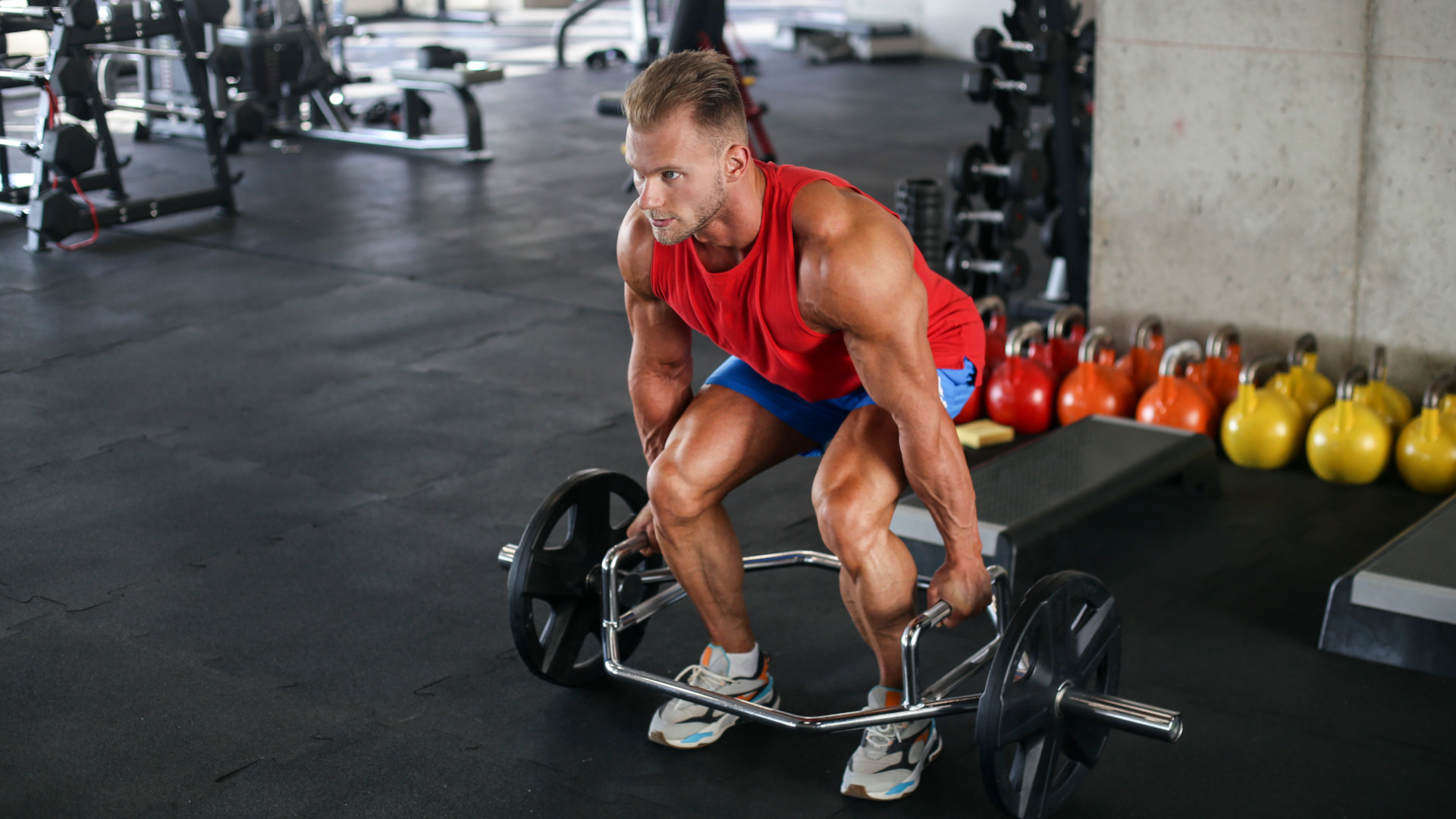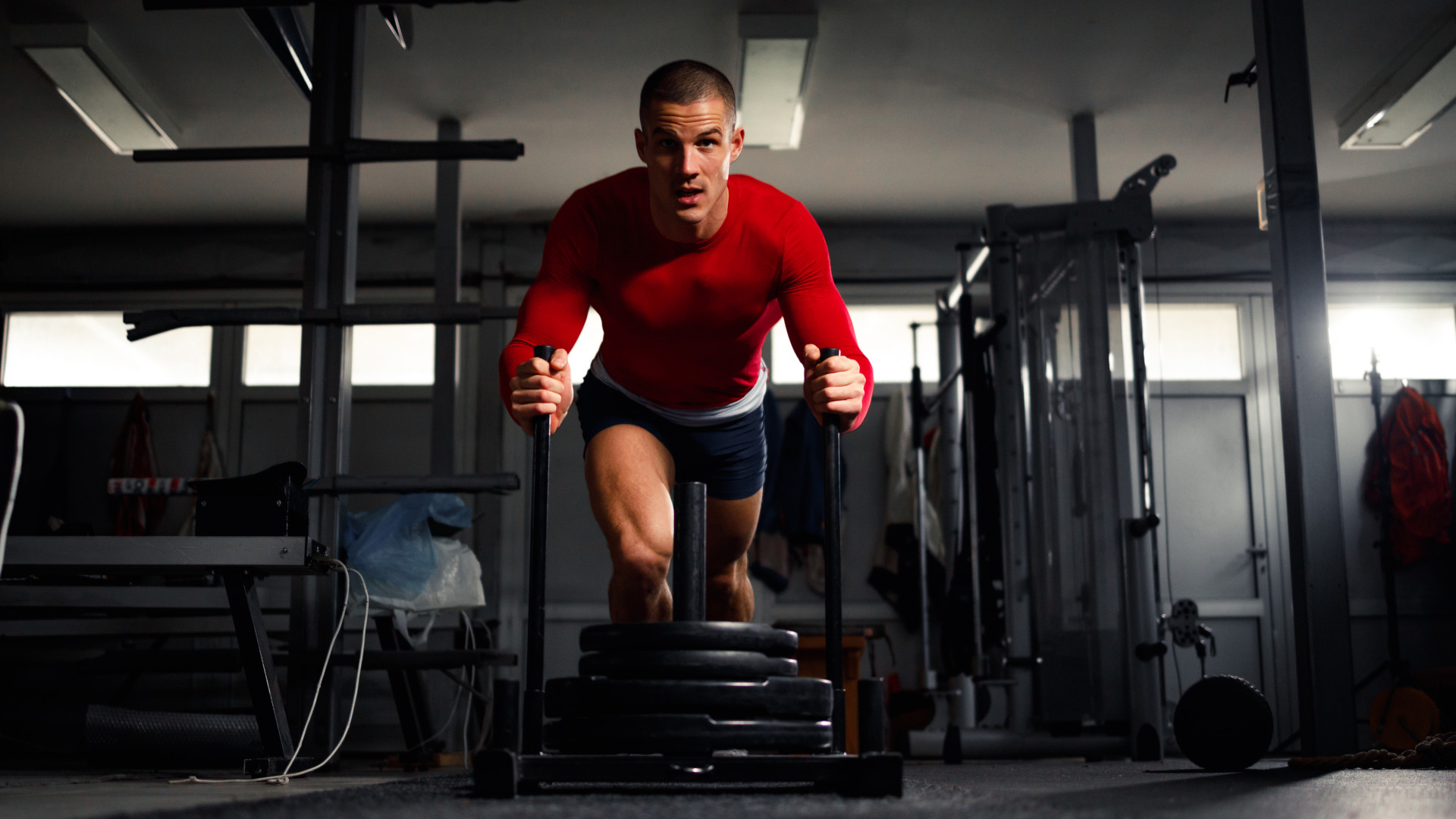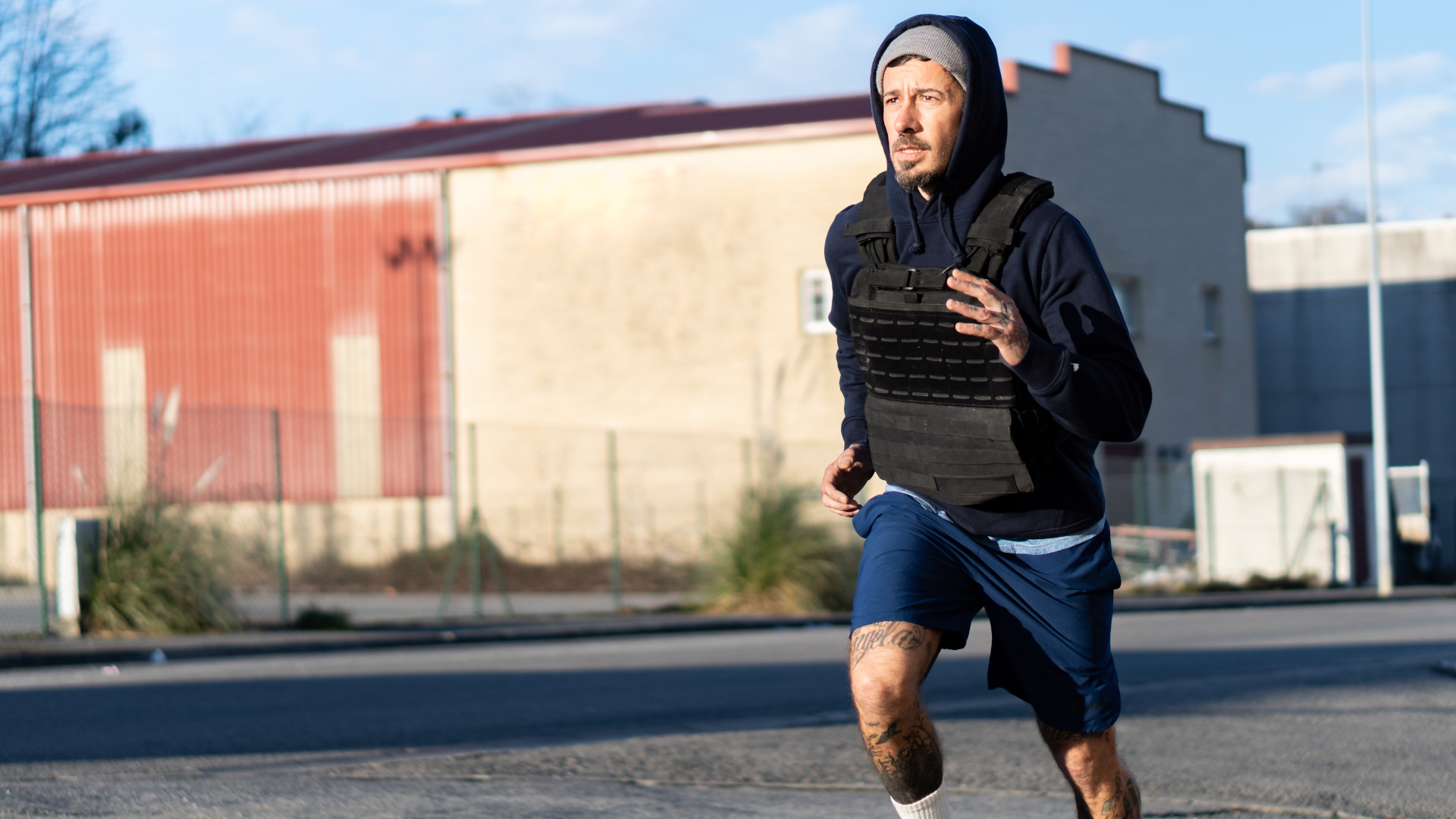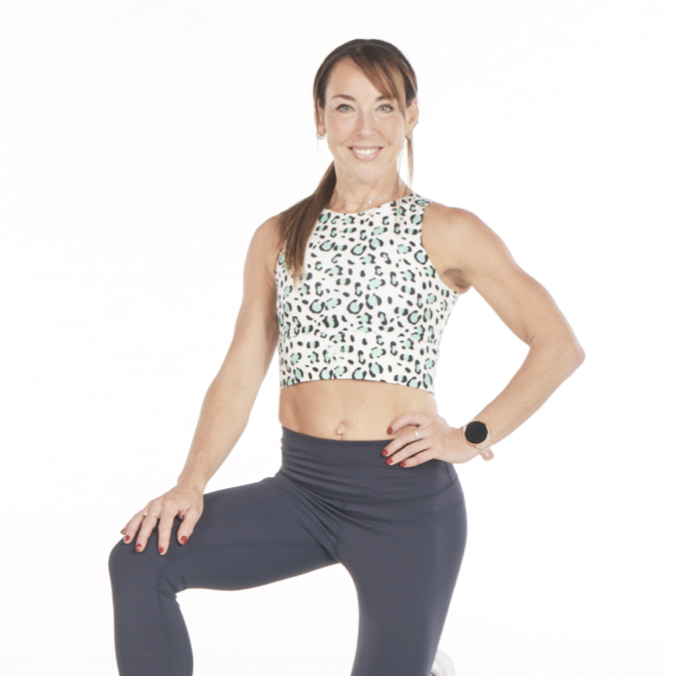Exercises runners need for speed and injury prevention, according to a Team GB sprinter
The need for speed – without an injury


Speed isn’t just for Olympians. Whether you’re chasing a faster 5K, picking up the pace on the pitch, or simply want to move with more power, sprint training is one of the most underrated additions to your training toolkit. Sprinters are lean, nimble - and most importantly rapid. Every runner’s dream.
Of course, genetics play a part in how fast you are, but the right strength exercises can make a huge difference too. That’s where Team GB sprinter Adam Gemili comes in. The 32-year-old, three-time Olympian was the first British athlete to break both 10 seconds for 100m and 20 seconds for 200m – and now, coaching online via adamgemilifitness.com, Gemili shares three key exercises that helped him build elite-level speed.
“These moves build explosive power and raw pace,” says Gemili. But it’s important not to expect results overnight. “Consistency is key - because motivation won’t always be there. Focus on 1% improvements every day, and you’ll start to feel the difference in your speed, control, and power.”
3 exercises runners need for speed and injury prevention: the moves
As always, it’s important to start with a full-body mobility warm-up - drills, skips, and tempos to get you moving and warmed up. The aim is to fire up your muscles and break a light sweat before you start lifting.
1. Trap bar deadlift

Reps: 6
Sets: 4
Get all the latest news, reviews, deals and buying guides on gorgeous tech, home and active products from the T3 experts
Why: To build lower-body power and drive
The trap bar deadlift combines the benefits of both a traditional deadlift and a squat to build serious lower-body strength. Because the weight sits closer to your centre of gravity, it takes pressure off your lower back and shifts the focus onto your quads and glutes.
This variation is all about explosive power - ideal for runners looking to boost speed and acceleration. Every rep helps you generate force from the ground up, improving your drive off the line, whether you’re sprinting, jumping, or powering through a run.
2. Single-leg kettlebell hip flexor raise
Reps: 10 reps
Sets: 3
Why: Activate your sprint mechanics
This move mimics the running stride, helping you build speed, balance, and bulletproof hips by strengthening your hip flexors – crucial for knee drive, stride recovery, and coordination. It’s perfect as a pre-run activation drill or a gym add-on. Focus on posture and rhythm - the more control you have here, the smoother and more powerful your sprint form will be.
3. Sled drive

Reps: 20% bodyweight for 20 meters
Sets: 4
Why: Train your acceleration and driveSled drives are a staple in elite sprint prep - and for good reason. They teach your body to drive forward while building power through the quads, glutes, and calves - exactly the muscles you need for faster accelerations.
Start light, focus on explosiveness, and drive hard with your torso at a 45° angle and your core tight - every step counts. The sled drive trains you to produce force quickly while maintaining optimal body position - the foundation of every sprint.

You don’t need an Olympic track to train like a sprinter. Add these exercises into your fitness routine to enhance speed, boost acceleration, and unlock more power in every stride. These training tips should help, too.
1. Train smart - don’t just work hard
“The athlete who runs the hardest doesn’t always get the best results,” says Gemili. “Train smart, listen to your body, and adjust when you need to. Know when to push and when to ease off to avoid picking up silly injuries.”
2. Be patient – results take time
You won’t see progress overnight. “It can take months of consistent work before you notice real changes,” Gemili adds. “Stick with it, trust the process, and progress at your own pace - the results will come.”
3. Set goals – and celebrate the small wins
Having clear goals keeps you focused. “Set a big, long-term goal and work backwards from there,” says Gemili. “Then create smaller goals to hit along the way - every milestone counts and helps you stay motivated.”
4. Enjoy the journey
“Life’s too short not to have fun with what you’re doing. Find happiness in the process and use that energy as fuel to train even better - and get the results you want,” he says.

Lucy Miller is a journalist, Level 3 Personal Trainer, Nutritional Advisor and Children’s Fitness Specialist. She holds fitness qualifications from NASM Training and Premier Training International and has been a fitness journalist and fitness (and cover) model for over 20 years. Since going freelance in 2014, Lucy left Men’s Fitness Magazine to write for an abundance of top consumer titles such as Women’s Health, Women’s Fitness, Waitrose, The Times, The Guardian and Runners World.
She’s also extremely passionate when it comes to educating others about health and physical activity and loves inspiring and working with children and adults to help make fitness fun, sustainable and accessible. In her spare time, Lucy is ever the sportswoman. Once a national gymnast, having won three national titles, she has also run a handful of marathons around the world and loves to test her physical and mental side with daily running and gym sessions, not to mention ballet, bootcamp, boxing and TRX.
You must confirm your public display name before commenting
Please logout and then login again, you will then be prompted to enter your display name.